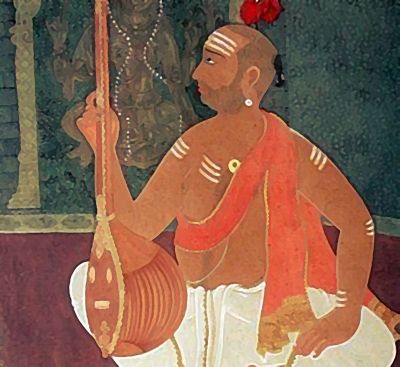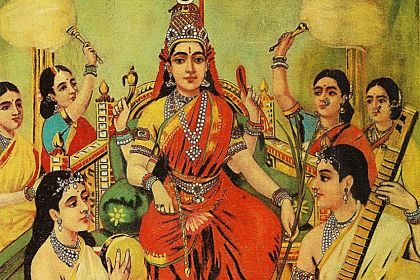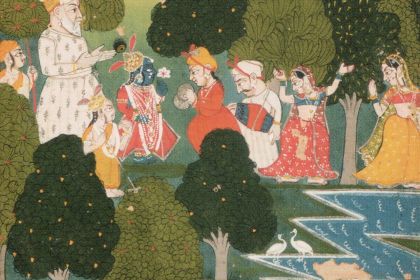MEDITATION
Progressive rhythms and sacred themes of Shyama Shastri songs

Shyama Shastri
Syama Sastri was one of the most influential Indian composers of the 18th century whose extensive contributions to the development of song forms and instrumental music still define the key genres of the Carnatic tradition.
Together with two other iconic contemporaries, Tyagaraja and Muthuswami Dikshitar, Syama Sastri belongs to the so-called Trinity of Carnatic music associated with the beginning of a new era of South Indian Classical music.
Shyama Shastri's works are now mainly used in teaching due to the sufficient complexity of his music and the peculiarities of his lyrics that adhere to the formal form of Telugu which borrows heavily from Sanskrit. The highlight of his songs is considered to be the progressive rhythmic structure which sometimes combines different time signatures for vocal lines and rhythmic accompaniment. Such compositional techniques can only occasionally be found in Western Classical music and sometimes in intellectual genres of pop music such as jazz and prog-rock.
Listen to Shyama Shastri's Akhilandeswari Karnataka Kapi performed by Balamuralikrishna:
According to some sources, Shyama Shastri composed about three hundred songs of which only about seventy have survived. Like his forefathers, he was an archaka-priest in the temple of Goddess Bangaru Kamakshi in Tanjore, which explains why the themes of his lyrics revolve mainly around this goddess of love and devotion commonly known as Parvati.



